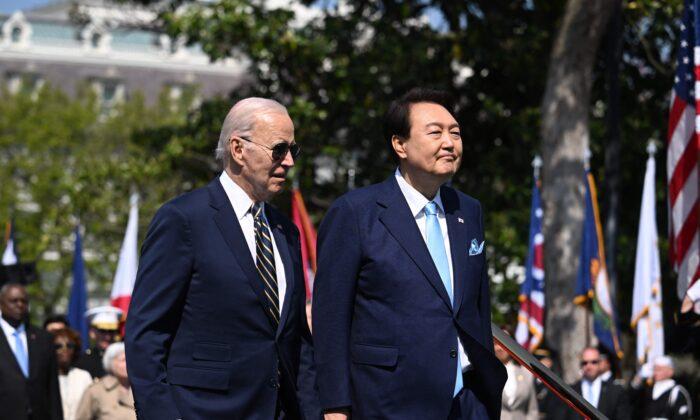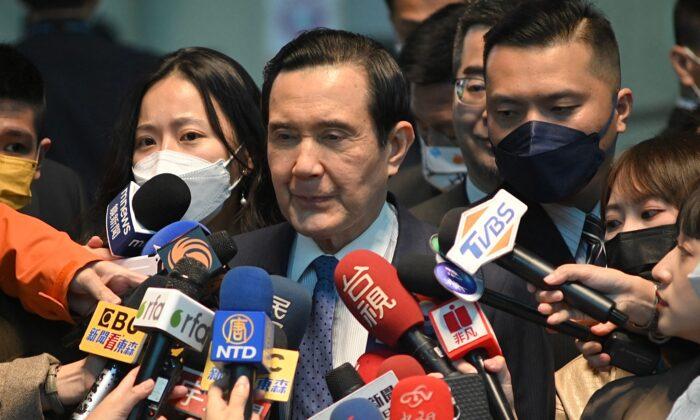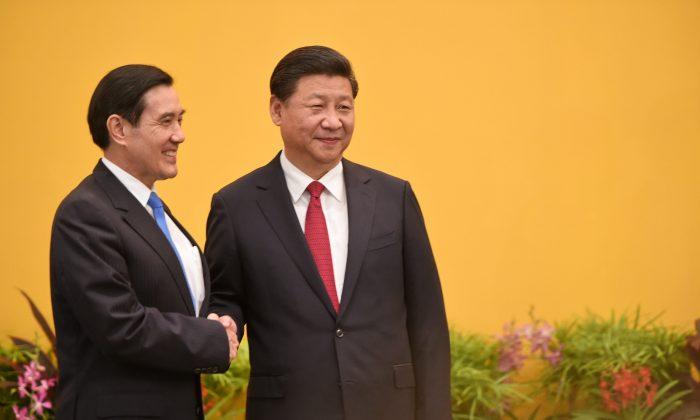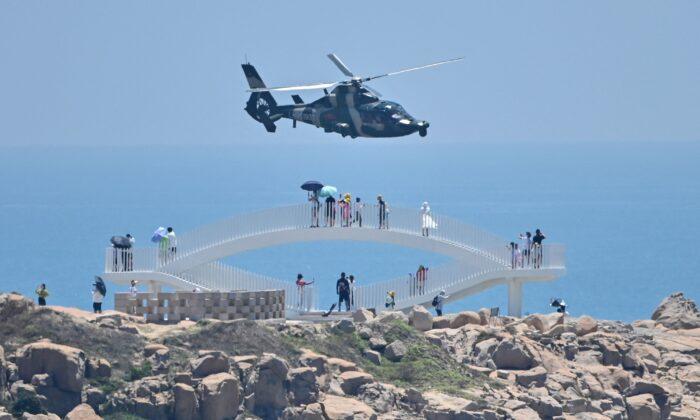The Chinese Communist Party (CCP) disguises its intent to subjugate Taiwan via a siege. Inspiration for this effort comes from Chinese military and diplomatic history.
The classic Chinese military strategy book, “Thirty-Six Stratagems,” was written over 1,500 years ago. The first strategy, to “deceive the heavens to cross the sea,” was designed for countries in a superior position. This strategy intends to lull or condition one’s adversary into relaxed vigilance.
Their growing sense of independence and fear of severe consequences of being under the CCP’s autocratic and kleptocratic subjugation have galvanized them. The CCP hoped that Taiwan would commit democratic suicide and join other captive regions (Tibet, East Turkestan, Inner Mongolia, and Hong Kong).
Due to the Taiwanese public preference for independence, the CCP is examining military options to achieve Taiwan’s “unification” with China.
The CCP has demonstrated at least three types of behaviors that align with an aggressive strategy.
Examples of the CCP’s aggression include taking the Paracel Islands (1974) and south Johnson Reef (1988) from Vietnam; and massing commercial, maritime militia, and Chinese Coast Guard ships around the Philippine’s Scarborough Shoal (2012) and Whitsun Reef (2021).
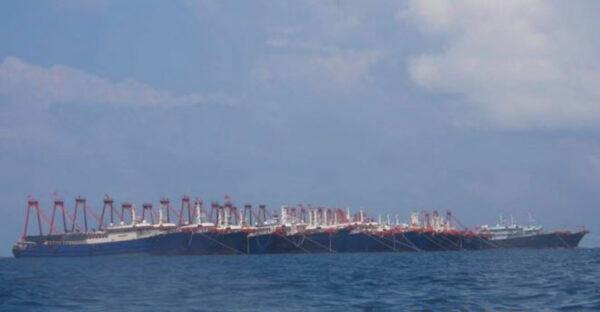
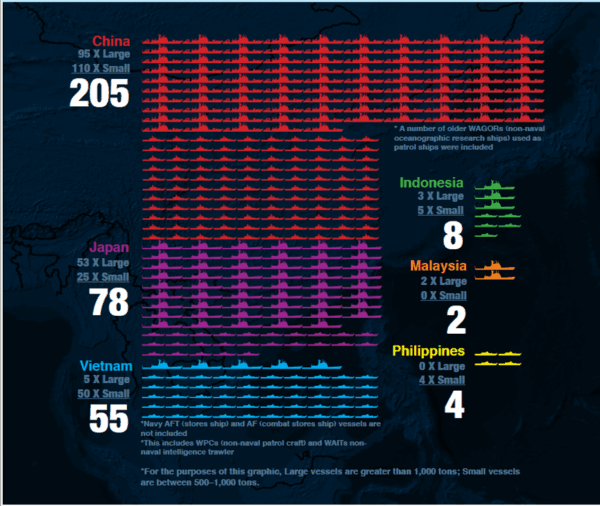
PLA Air Envelopment
Less reported by the Taiwanese Ministry of National Defense (MND) are the PLA flights into Japan’s ADIZ that bracket Taiwan to the northeast, north, and northwest.- Circumnavigational flights of Taiwan (most common provocation).
- ADIZ intrusions (second most common provocation).
- Violations of the cross-strait median line (viewed as the most provocative action and, as a result, are rare).
PLA Naval Envelopment
The Japanese Self-Defense Forces (JASDF) have reported PLA Naval deployments between Japan and Taiwan into the western Pacific. These trends are depicted by the most recent Japanese Defense White Paper (2021).What Are the Implications?
These civil and military actions prepare the CCP for many possible lines of effort. The sheer number of possible actions makes it difficult to identify and assess the likelihood of any particular action. In effect, the CCP is disguising what it plans to do while leaving open several possible courses of action. These actions are designed to lower the vigilance of Taiwan, Japan, the United States, and others. These actions provide China with at least three main options—the last of which appears to be the most likely.Option 1: Taiwan Invasion
The first option, and the most obvious, is that the CCP is preparing its forces for an invasion of Taiwan. Much has been written on this and how the Chinese will invade. Ian Easton’s book, “The Chinese Invasion Threat,” provides an excellent analysis of a full-scale invasion.This PLA option is its “hard” course of action that it can implement if Taiwan or other countries cross the CCP’s red lines.
- Formal declaration of Taiwan independence.
- Undefined moves toward Taiwan independence.
- Internal unrest in Taiwan.
- Taiwan’s acquisition of nuclear weapons.
- Indefinite delays in the resumption of cross-strait dialogue on unification.
- Foreign intervention in Taiwan’s internal affairs.
- Foreign forces stationed on Taiwan.
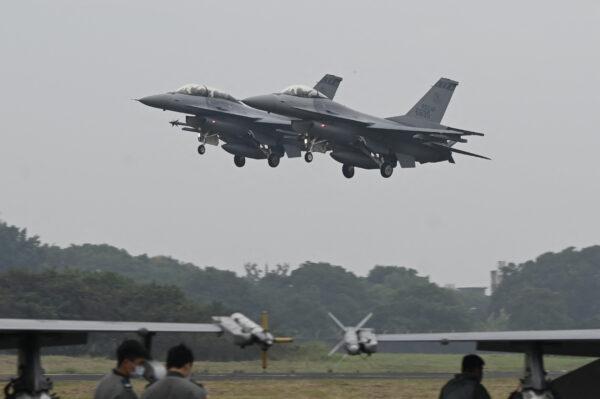
Option 2: Psychological Warfare—Deterrence
The second option’s focus is the threat of invasion (psychological warfare—designed to deter Taiwan supporters) rather than an actual invasion. The CCP wants to remind Taiwan and the rest of the world to maintain the CCP’s “One China” policy and not provide Taiwan diplomatic recognition and create fear of providing “too much support” for Taiwan.Option 3: Total Taiwan Blockade With Options
The third, and the most likely option, is a total blockade of Taiwan and its islands. Why is a blockade the most likely scenario?Under normal circumstances, a blockade would be an act of war, and the resulting starvation of a country’s population would be categorized as a war crime for international armed conflicts.
Since Taiwan is not recognized as a sovereign country (not a United Nations member), international law does not consider a blockade of Taiwan to be an act of war. The resulting suffering would be difficult to pursue in the ICC since it does not address cases of non-international armed conflicts.
The CCP’s use of lawfare in a blockade protects the CCP against international legal tools; a blockade and associated actions are consistent with viewing Taiwan as a rebellious Chinese province.
Media attention would be minimal if the PLA does not conduct active kinetic operations against Taiwan. In contrast to the Russian invasion of Ukraine, a blockade option probably would not motivate international action against the CCP.
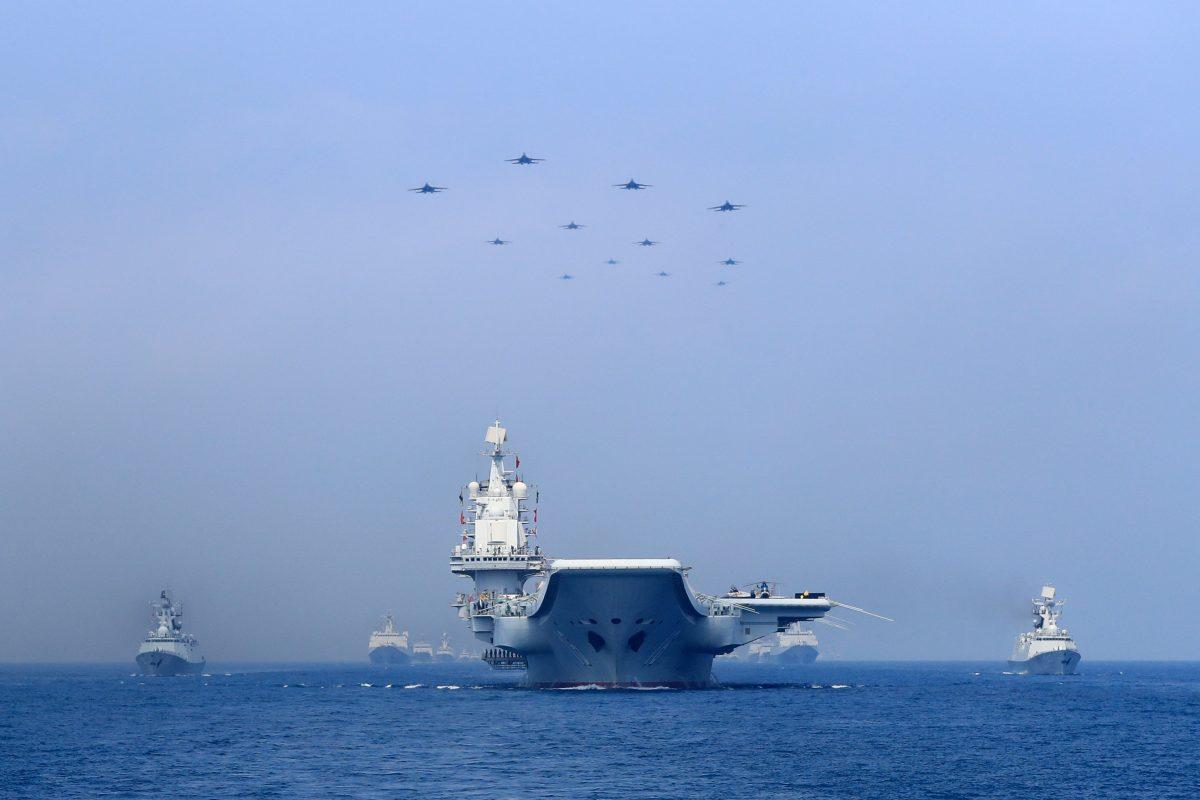
The CCP would escalate its operation against Taiwan and would conduct a total blockade once it is confident of minimal international opposition. Ukraine provided the CCP with useful insights on global punishments against a superpower. China has more leverage based on its world trade and its experiences than the Russian government. The CCP will prepare accordingly.
The Taiwanese government and people should prepare against this likely siege warfare scenario. The Taiwanese should have in place a food supply reserve capability to mitigate critical dependencies such as possible fishing restrictions. The military should make similar preparations if a blockade were implemented, including ensuring that Taiwan has sufficient stored supplies to conduct a protracted war.
Conclusion
In his book “On Protracted War,” Mao argued that “[t]here can never be too much deception in war.” Following his injunction, the CCP uses deception to disguise its preparations to conduct a total blockade: “deceive the heavens to cross the sea.”Taiwan and its allies should recognize the deception and prepare accordingly for a total blockade. Once a blockade is functioning, additional options to subjugate Taiwan become available to the CCP.
Communicating the CCP’s blockade threat to Taiwan’s whole of society could mobilize the population to enhance its resilience. Communicating the CCP threat to Taiwan’s allies could help deter the CCP’s plan of assimilating Taiwan through siege warfare.
The CCP is using deception to prepare its battlefield for the effort to subjugate Taiwan. The Taiwanese should heed an ancient Chinese proverb that provides useful advice about the necessity of being prepared for the current situation: “Dig the well before you are thirsty.”


